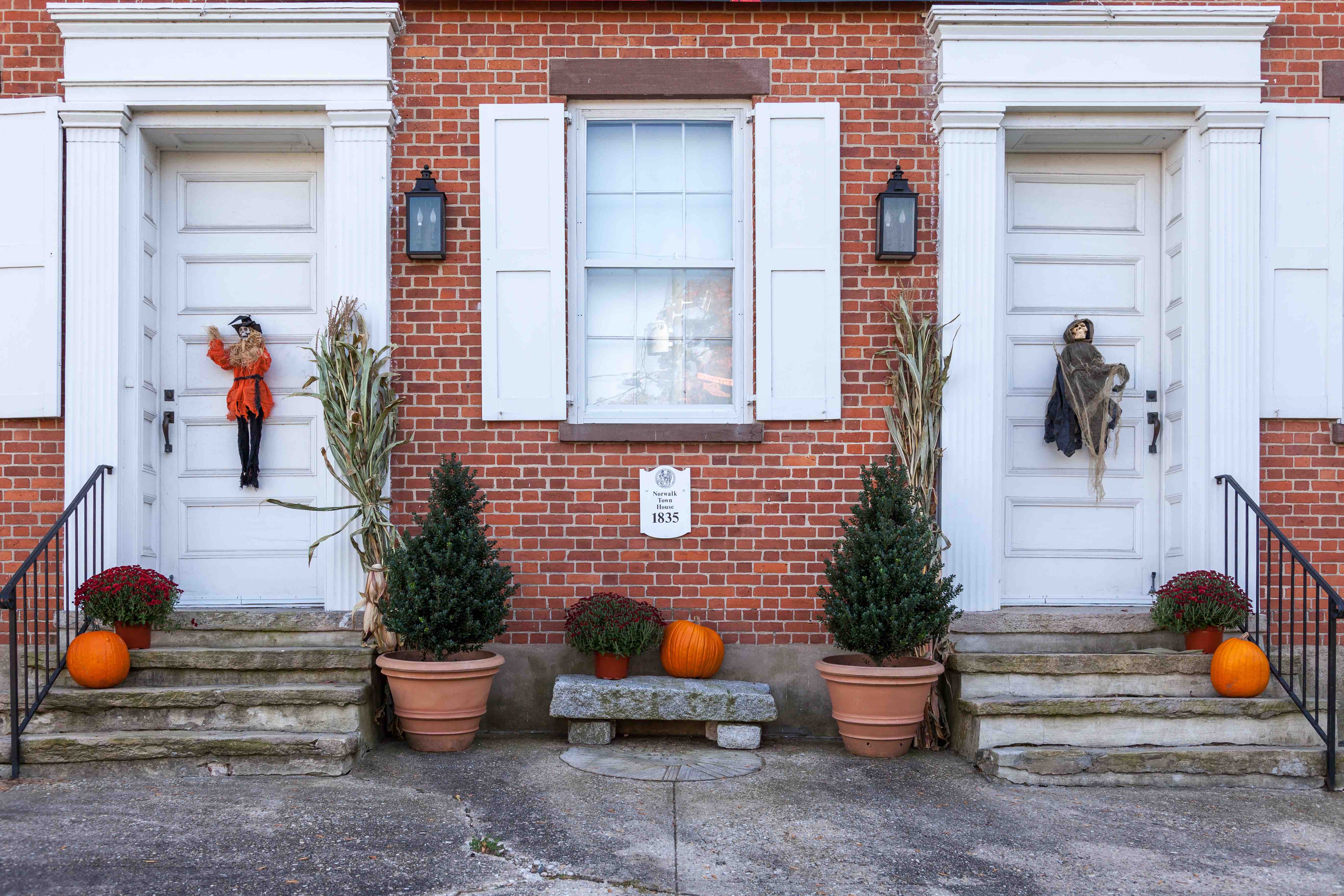August 30, 2019
 An important part of what gives a city character and a sense of community is its history. One way of acknowledging this history is by preserving historic buildings and structures. They may be an example of a particular style of architecture, or represent a significant era, or a milestone in the city’s history. These historic buildings are worth preserving for a number of reasons.
An important part of what gives a city character and a sense of community is its history. One way of acknowledging this history is by preserving historic buildings and structures. They may be an example of a particular style of architecture, or represent a significant era, or a milestone in the city’s history. These historic buildings are worth preserving for a number of reasons.
Preserving History Through Buildings
Old buildings are witnesses to the aesthetic and cultural history of a city, helping to give people a sense of place and connection to the past. Historic buildings often represent something famous or important to people who live in a city or those visiting.
Recognizing the importance of old buildings to the public and to the country’s heritage, Congress enacted the National Historic Preservation Act in 1966. This act works to save historic buildings, explaining, “preservation of this irreplaceable heritage is in the public interest so that its vital legacy of cultural, educational, aesthetic, inspirational, economic, and energy benefits will be maintained and enriched for future generations of Americans.”
Economic Benefits Of Historic Preservation
Older buildings especially those built prior to World War II are often made of higher quality materials. Replacing these buildings with similar rare hardwoods such as heart pine would be impractical and unaffordable. Newer buildings also tend to have a life expectancy of only 30-40 years, whereas many older buildings were made to last. It can make economic sense to retain historic buildings and Improve them to meet modern codes and requirements.
Rehabilitating old buildings to their original appearance not only adds character to the area, but can also help attract investment, as well as tourists if the structures are historically significant. For example, a historic but abandoned industrial building can be turned into small business space, or a mixed-use development – giving new life to a building and even a whole neighborhood.
Aesthetic Importance of Older Buildings
Older buildings often are made with unique, valuable materials such as the heart pine, marble, or old brick. They may have detailing and features that you can’t find anymore like decorative facades,unusual glasswork, or copper lining. Many people feel that because of these, older buildings have their own identity and distinctive character, making them more interesting than modern buildings. An added benefit to retaining and maintaining old buildings old methods of workmanship are also supported.
Environmental Considerations
The importance of recycling has become more and more understood on a household level, but preserving old buildings is recycling on a larger scale. Repairing and reusing existing buildings uses energy and material resources more efficiently and reduces waste. New materials don’t need to be created, nor older demolished materials thrown away. Plus energy for rebuilding is conserved. Also, tearing down structures releases toxins and pollutants in the environment.
Historic Preservation in Norwalk
Norwalk combines the character of a historic New England community on the coast of Long Island Sound with a thriving city in the county’s largest metropolitan area. One of the priorities outlined in Norwalk’s 10-year Citywide Plan is enhancing and preserving the city’s historic resources. Historic areas such as South Norwalk have seen investment and growth, while preserving its many historic structures and character.
The City’s Planning & Zoning Commissions have recently enacted several regulations to encourage the preservation of historic structures. Two areas of the City where this has been realized is in South Norwalk (SSDD Regulations) and the Wall Street area (CBD Regulations). For example, if the historic structures will be preserved, the Commission can reduce the amount of required parking, decrease building setbacks or increase building height or size for recognized historic structures.
Read More about Norwalk’s zoning regulations pertaining to historic preservation
Read More about Norwalk’s historic heritage on page 95 of the Citywide Plan




